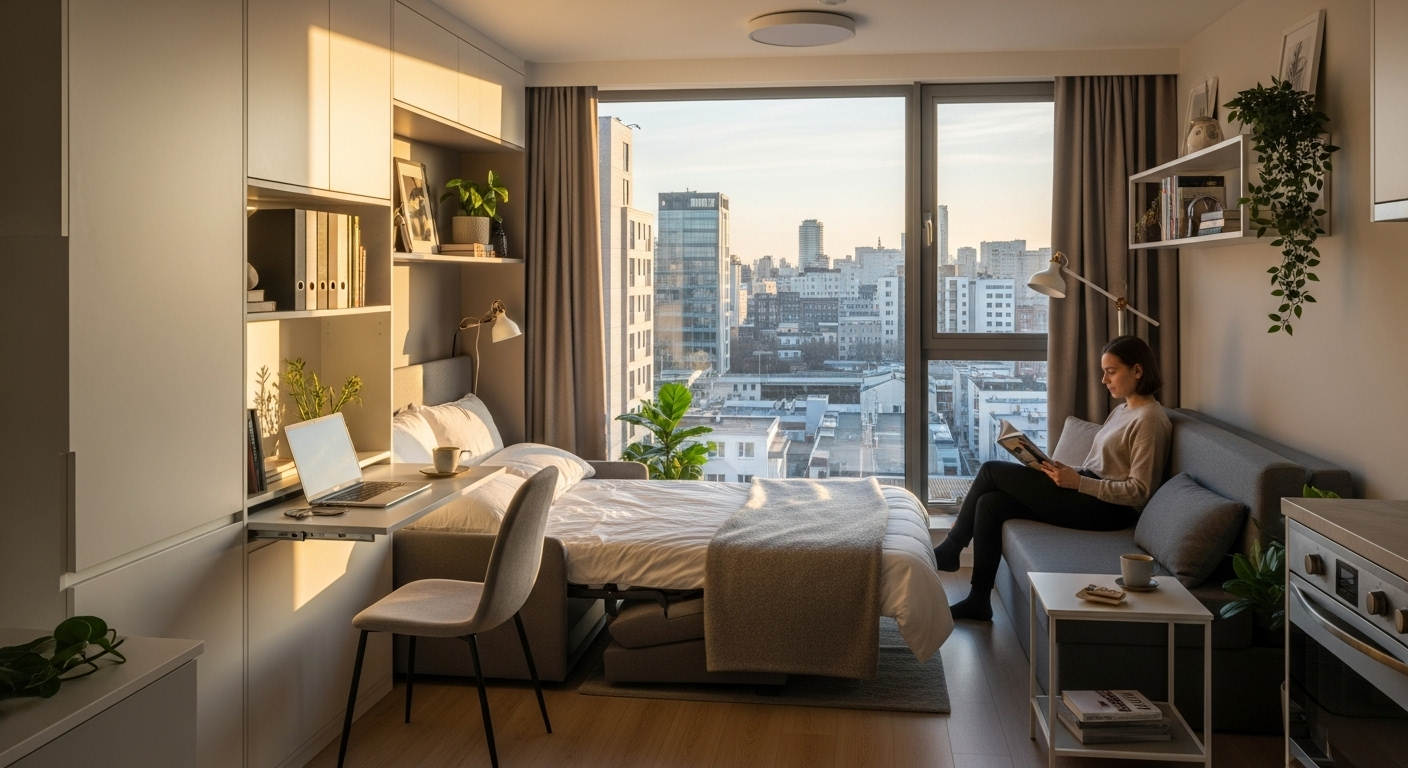Title: Micro-Unit Developments: Reimagining Urban Living Spaces
In the ever-evolving landscape of real estate, a new trend is reshaping urban living: micro-unit developments. These compact living spaces, typically ranging from 200 to 400 square feet, are gaining traction in major cities worldwide. As housing affordability becomes increasingly challenging, micro-units offer a innovative solution to urban density and changing lifestyle preferences. This article delves into the rise of micro-unit developments, exploring their impact on real estate markets and the potential they hold for investors and city dwellers alike.

Addressing Urban Housing Challenges
The proliferation of micro-units is largely a response to the acute housing shortages and affordability crises plaguing many major cities. By maximizing the number of units in a given space, developers can offer more affordable options in prime urban locations. This approach not only helps to alleviate housing pressure but also allows young professionals and students to live in desirable areas that might otherwise be financially out of reach.
Design Innovation in Small Spaces
One of the most fascinating aspects of micro-unit developments is the innovative design strategies employed to make these small spaces livable and appealing. Architects and designers are pushing the boundaries of spatial efficiency, incorporating features such as transformable furniture, vertical storage solutions, and multifunctional areas. These design elements not only optimize the use of space but also create a sense of openness and flexibility within the confines of a small footprint.
The Financial Perspective for Investors
From an investment standpoint, micro-unit developments present an intriguing opportunity. While the initial construction costs per square foot may be higher due to the need for more complex infrastructure and high-end finishes, the potential returns can be significant. In many markets, micro-units command higher rents per square foot compared to traditional apartments, offering attractive yields for investors. Additionally, the smaller unit sizes allow for a higher number of rentable units within a single building, potentially increasing overall revenue.
Regulatory Challenges and Zoning Considerations
Despite their potential benefits, micro-unit developments often face regulatory hurdles. Many cities have minimum size requirements for residential units, which can impede the development of these smaller spaces. However, as the demand for affordable urban housing grows, some municipalities are revisiting their zoning laws and building codes to accommodate micro-unit projects. Developers and investors need to stay abreast of local regulations and work closely with city planners to navigate these challenges successfully.
Impact on Urban Demographics and Lifestyle
The rise of micro-units is not just changing the physical landscape of cities; it’s also influencing urban demographics and lifestyles. These developments often attract a specific segment of the population—typically young professionals, students, and individuals prioritizing location over space. This concentration of like-minded residents can create vibrant, community-oriented living environments. However, it also raises questions about long-term livability and the potential impact on neighborhood dynamics.
Sustainability and Eco-Friendly Living
Micro-unit developments align well with the growing emphasis on sustainable urban living. Their compact nature inherently reduces energy consumption and carbon footprint per resident. Many micro-unit projects incorporate green building techniques and energy-efficient appliances, further enhancing their environmental credentials. This aspect not only appeals to environmentally conscious tenants but also positions these developments favorably in markets with stringent sustainability requirements.
The Future of Micro-Unit Developments
As urban populations continue to grow and housing affordability remains a pressing issue, micro-unit developments are likely to play an increasingly significant role in the real estate landscape. The concept is evolving beyond just residential applications, with some developers exploring micro-unit hotels and even office spaces. However, the long-term success of this trend will depend on factors such as changing consumer preferences, economic conditions, and regulatory environments.
In conclusion, micro-unit developments represent a bold reimagining of urban living spaces, offering solutions to some of the most pressing challenges facing modern cities. For investors, developers, and urban planners, understanding the nuances of this trend is crucial. As with any emerging real estate concept, careful analysis of local market conditions, regulatory landscapes, and long-term sustainability is essential. While not without challenges, micro-units have the potential to transform urban housing markets and redefine our understanding of efficient, affordable city living.





